10 times The West Wing predicted the future

Today’s White House sounds like it’s full of drama, but it’s nothing compared to the one created by Aaron Sorkin in ‘The West Wing’, which ran for seven seasons between 1999 and 2006. Many fans of the show have since wished that Jed Bartlet (Martin Sheen) could really be their President – funny considering the writers seemed to dream up a bunch of storylines that have subsequently come true. Did they know something we didn’t? Here are 10 of the best.
N.B. Unsurprisingly, there are lots of spoilers.
A person of colour becoming President
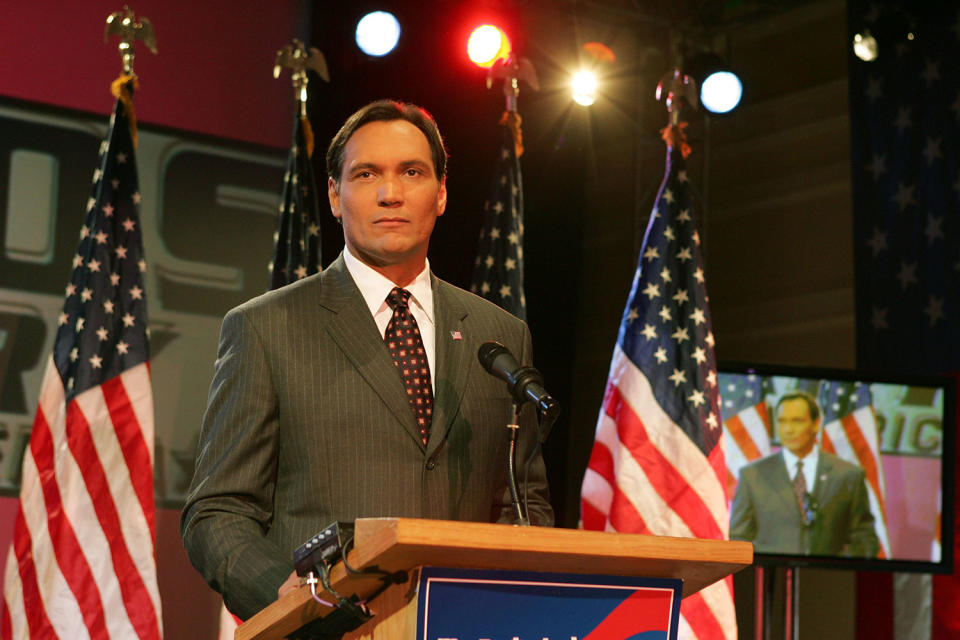
Following conversations with their political consultants, the writers partly based their upstart Latino Senator-turned-Democrat Presidential nominee Matt Santos (Jimmy Smits) on a then-unknown politician by the name of Barack Obama.
Originally, Santos was going to lose the final season’s election to the Republicans, but the liberal-leaning staff couldn’t quite bring themselves to do it. Two years later, the first non-white commander-in-chief was elected for real.
Nominating a Hispanic Supreme Court Justice
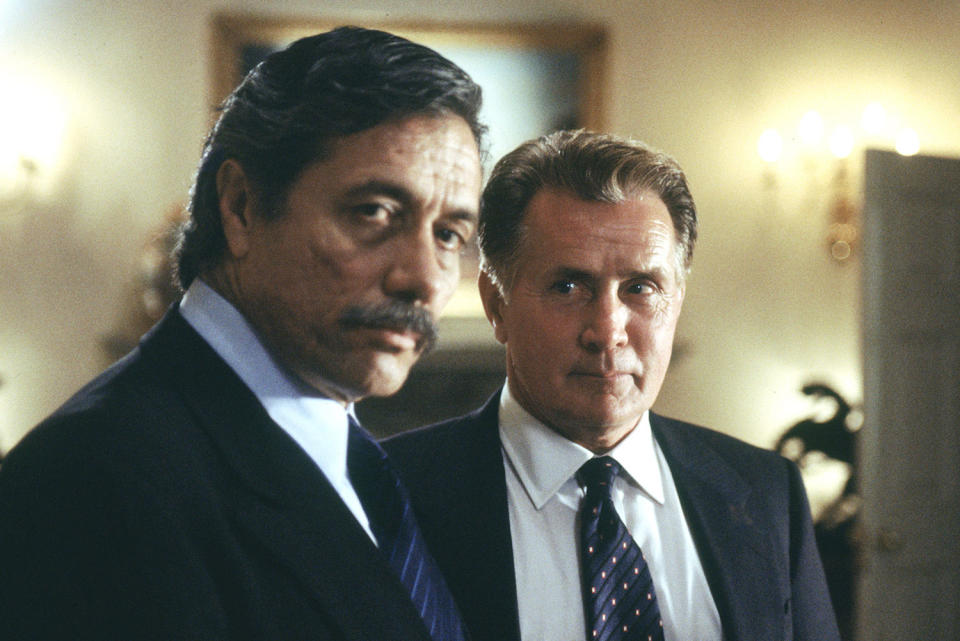
When Jed Bartlet nominated Roberto Mendoza to be the first Hispanic Supreme Court Justice, he faced an uphill battle to get him confirmed by the Senate, especially when he was arrested and publicly criticised certain branches of the legal profession.
Nine years after the Mendoza episode, in May 2009, President Obama nominated Sonia Sotomayor as his Supreme Court justice. Despite some Republicans voting against her (they included John McCain, current Senate Majority leader Mitch McConnell and Trump’s Attorney General Jess Sessions), she was confirmed 68 votes to 31.
The press spokesperson giving terrible briefings

Donald Trump’s former press secretary Sean Spicer became something of laughing stock thanks to his car crash White House media appearances, lashing out at reporters and frustrating Democrats with his obfuscation of the facts.
But Josh Lyman (Bradley Whitford) was just as bad on ‘The West Wing’ when he had to fill in as spokesman, calling one journalist’s question “stupid” and sarcastically talking about the President’s secret plan to fight inflation.
A US journalist is kidnapped and killed by terrorists
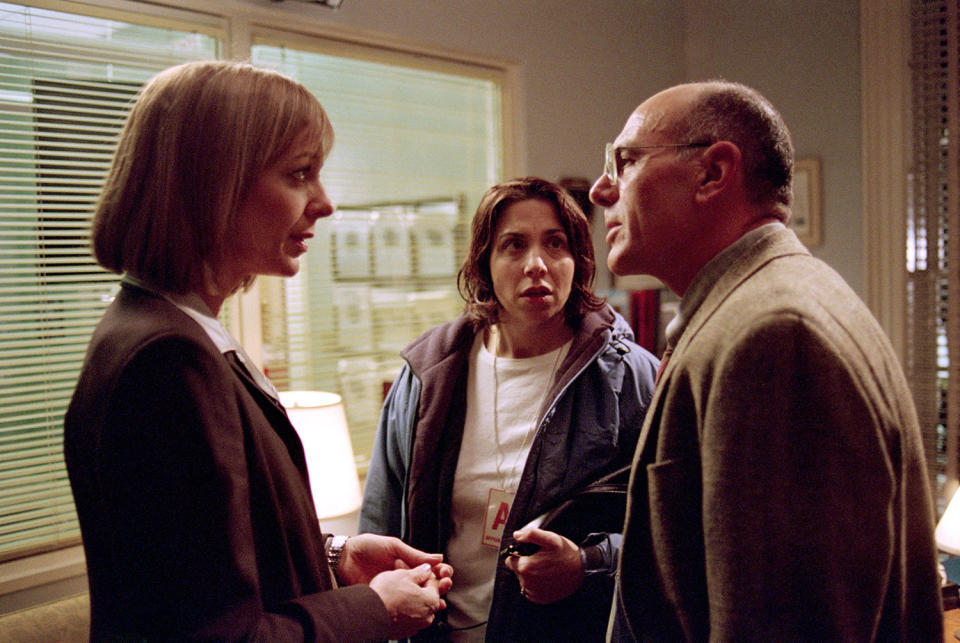
In one of the show’s more eerie predictions, a season three episode depicted a reporter being kidnapped by rebels in the Congo and subsequently dying during an ambush.
The reason it was so on the nose was because it aired on 6 February 2002, just a couple of weeks after journalist Daniel Pearl was kidnapped in Pakistan. The show had been written the previous December – on 21 February, a video was released showing Pearl being beheaded by his captors.
Trump wanting to move the press out of the White House press briefing room
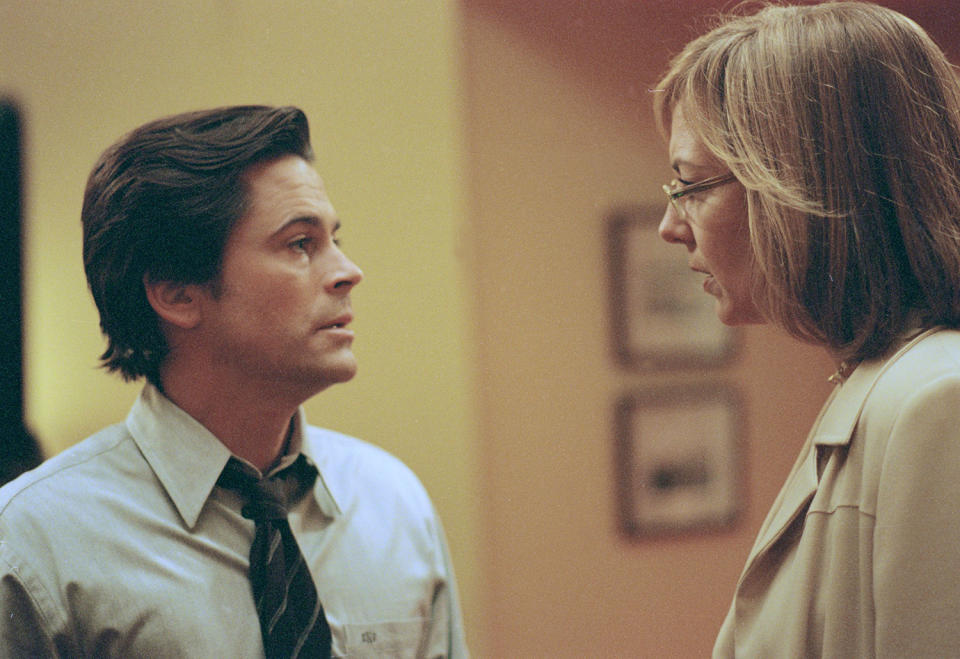
It’s no secret that Donald Trump hates pretty much any journalist or media outlet who doesn’t say he’s amazing 24/7. So it was unsurprising when it emerged in January 2017, before he had even been inaugurated, that he and his team were thinking about moving the White House press corps out of their usual room in the West Wing and further away from the action.
After a huge backlash, it didn’t end up happening, just as it didn’t when it was mooted on ‘The West Wing’ by Sam Seaborn (Rob Lowe) in season two. He even suggested putting them in the same building, the Old Executive Office Building (OEOB). He was quickly shot down by press secretary CJ Cregg (Allison Janney), who told him, “The American people would prefer it if the President didn’t have physical distance from the press.”
Big block of cheese day

During one of the show’s infamous quickfire dialogues, chief of staff Leo McGarry talks about how early president Andrew Jackson shared a two-ton wheel of cheese with his electorate by putting it in the White House lobby and encouraging them to come and take some. McGarry uses the metaphor to introduce a day where Presidential staffers have to sit down with normally-anonymous groups, who get to pitch their concerns to top political brass.
Barack Obama’s administration seemed to like the idea because they introduced a virtual version in 2014 and subsequently did it for three years. In 2015, they even got some of the ‘West Wing’ cast to shoot a promotional video for it.
The existence of a secret military space shuttle

One of the more controversial creative decisions of ‘The West Wing’ was to sideline Toby towards the end of the series after he revealed the existence of a top-secret shuttle exploring the militarisation of space.
In May 2017, the American’s experimental unmanned X37-B shuttle returned to Earth having orbited it for almost two years. The mission? Classified.
The government shuts down because of budget problems
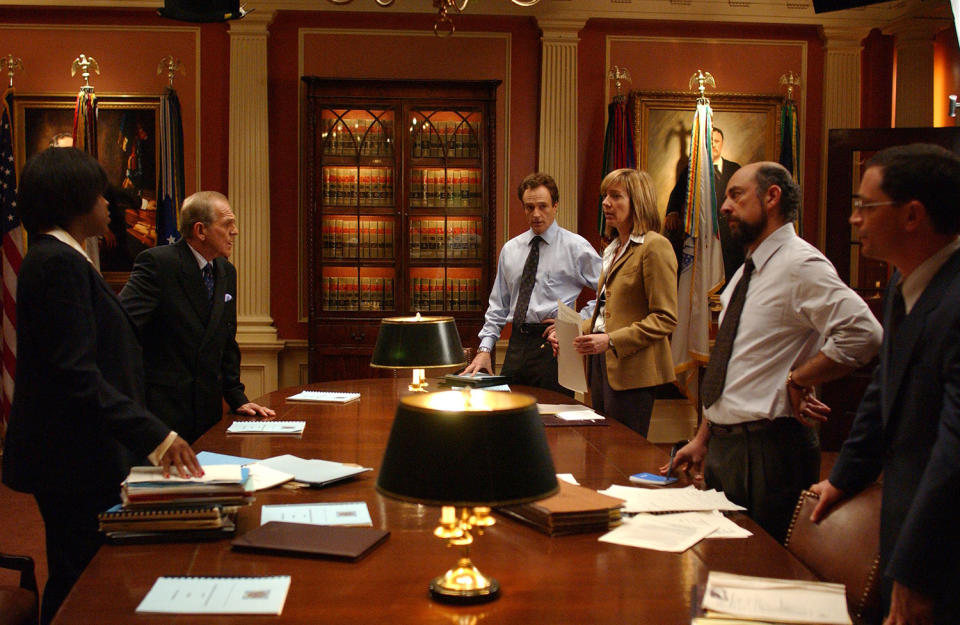
Between 1 and 16 October 2013, the US government shut down, with 800,000 federal workers told not to come into work and more than a million working without being sure whether they’d be paid. It came at the end of a brutal political fight between the houses of Congress over budgets and the funding of Obamacare and caused unprecedented anger around the country, as vital services were closed.
Once again, ‘The West Wing’ predicted the friction between a Republican Congress and a progressive President in the 2003 episode ‘Shutdown’, in which Bartlet refused to back down before an emboldened Congressional leadership and hundreds of federal employees are furloughed.
Osama Bin Laden is mentioned as wanting to attack America

The second season of the show dealt initially with the fallout of the assassination attempt on the President and his entourage (turns out the main target of their ire may be his assistant Charlie, played by Dulé Hill, who is black and dating Bartlet’s daughter). The gunmen turn out to be American white supremacists, but the National Security Advisor mentions that if the attackers were foreign, Osama Bin Laden would be a viable suspect.
The episode was broadcast in October 2000, less than a year before Bin Laden masterminded the 9/11 attacks.
Introducing the Buffett Rule
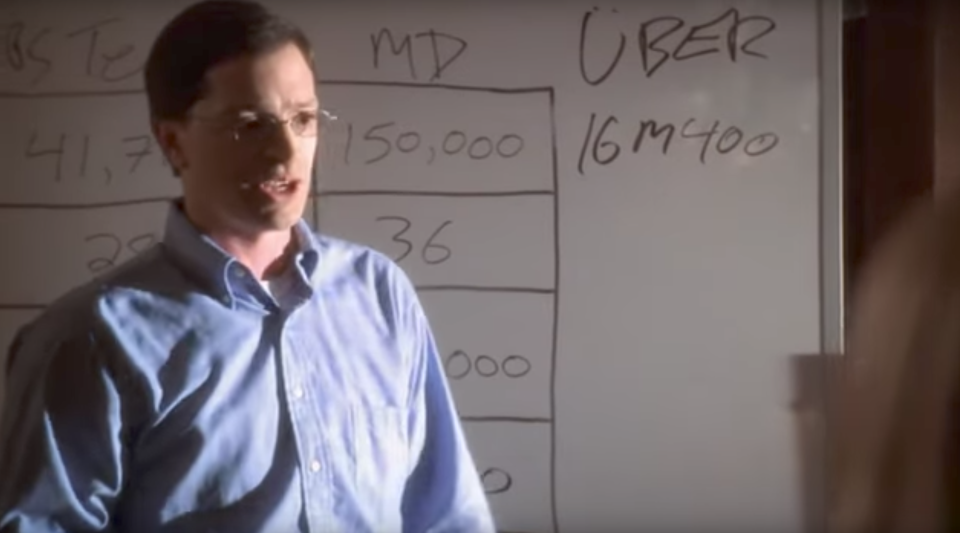
In 2011, the Democrats proposed the introduction of the so-called Buffett Rule, which argued that the minimum rate of tax on people earning over $1million per year should be 30%. Incredibly, some of the country’s highest-earners were paying just 15% in income tax and the White House argued the new rule would affect just 0.3% of the population. The rule was named after billionaire Warren Buffett, who once famously said he paid a lower tax rate than his secretary. However, after a Republican filibuster in Congress, the proposal failed.
With the rise of the super-rich, it seems nonsensical that this rebalance hadn’t been proposed previously. Only it had – by White house advisor Will Bailey (Joshua Malina) in a season four episode of ‘The West Wing’.
‘The West Wing’ is available to stream on Now TV.
Read more
First reviews for The Punisher are in
Stranger Things S2’s best 80s references
How will a Star Wars TV series work?

 Yahoo Movies
Yahoo Movies 
